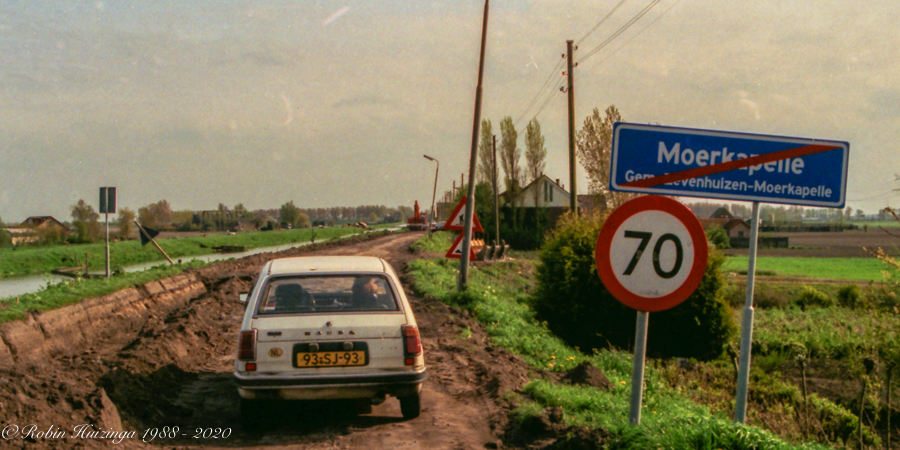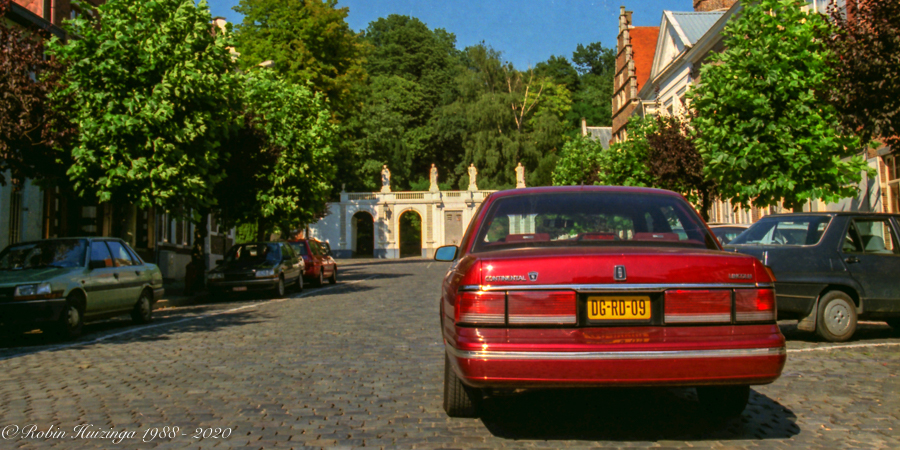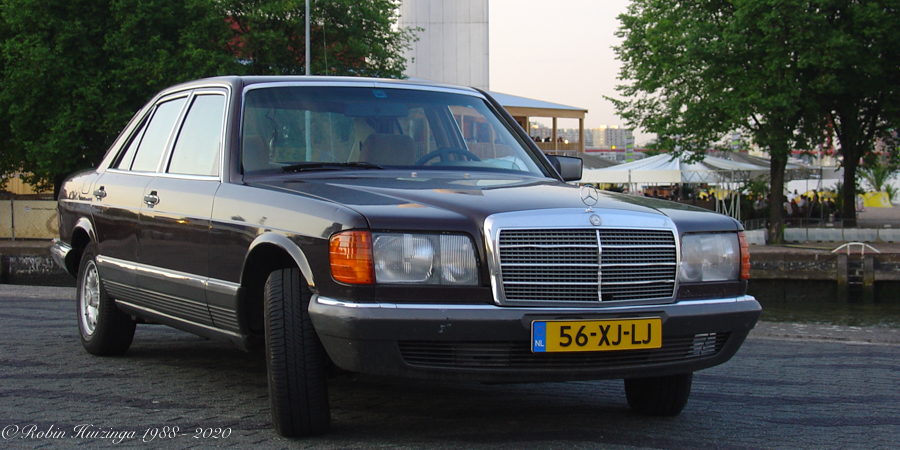
The “Original Dutch” car
I refer to cars often as an original Dutch car or the opposite, a non-Dutch car. This has nothing to do with the place the car has been manufactured, but with the fact that the car in question has its first registration in the Netherlands. One of the benefits of this, is that you can check whether a car has been in an accident, the mileage is correct and more. But there is one more thing why there is a difference between an original Dutch car and an imported car: the registration number.

The numbering scheme used in the Netherlands, bears no relation to the place of a vehicle’s registration or ownership, and numbers – which are issued in strict time order – identify the vehicle, not its owner. Thus, if a vehicle changes ownership, the registration number remains the same. Because of this strict time order, a car will be issued a registration number that is available on the day the car is first registered in the Netherlands. So, if you import a 20 year old car today, it will have a number that is issued in the year it was imported and not the year it was produced. Let’s take both of my Lincolns for example.

Both were 1989 cars, first registered in 1989. The grey one in The Netherlands, the red one in Florida. The grey Lincoln was issued the next available number on June 30th, 1989, which was XK-14-FS. The first owner of the red Lincoln moved back to The Netherlands in 1991 and brought the car with him. So the red Lincoln was registered in The Netherlands on oct. 10th, 1991 and was issued the next available number, DG-RD-09.
By 2013 we have had seven different combinations of letters and numbers. The a called “side codes”, even in Dutch. I have no idea why it is called that way. The first side code was issued in 1951. In 1951 the provincial car registration system was abandoned due to the fact that people were more frequently driving outside the provinces they lived in. A national system was introduced and a government organization to control this all was erected. That organization, RDW, still exist and you can check any Dutch license plate on their website, www.rdw.nl.
So, even there is no direct relation between the age of the car and it’s registration number, a certain number can look out of time on a certain car. For the red Lincoln it didn’t matter that much. It was only a difference of two years and the ’91 model was not that different from the ’89 model. On my Mercedes S class, it was a 27 year difference.


For me that is at least very annoying, like a really ugly color on a car. Like brown. But there is more to Dutch license plates that can be very wrong. The color. No, not of the car. A black plate on a car that would never had a black plate when it was new. When side code 4 was introduced, yellow plates became mandatory. So a 1978 or newer car with black plates looks hideous. And that also applies for American cars with black 18.2 plates. These were never used. If you want to use a 18.2, use the proper yellow one. And it is maybe because I grew up with American cars with black square plates, that I really like that on an old Yank.
